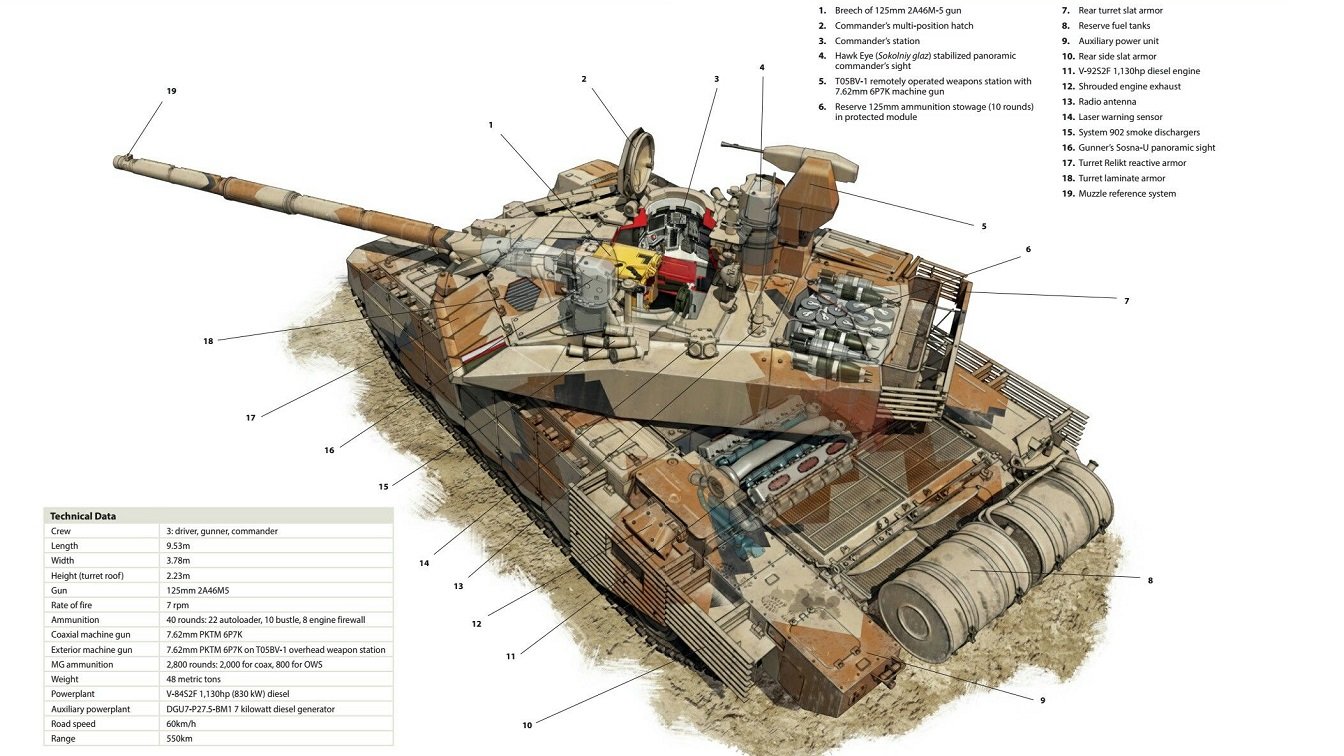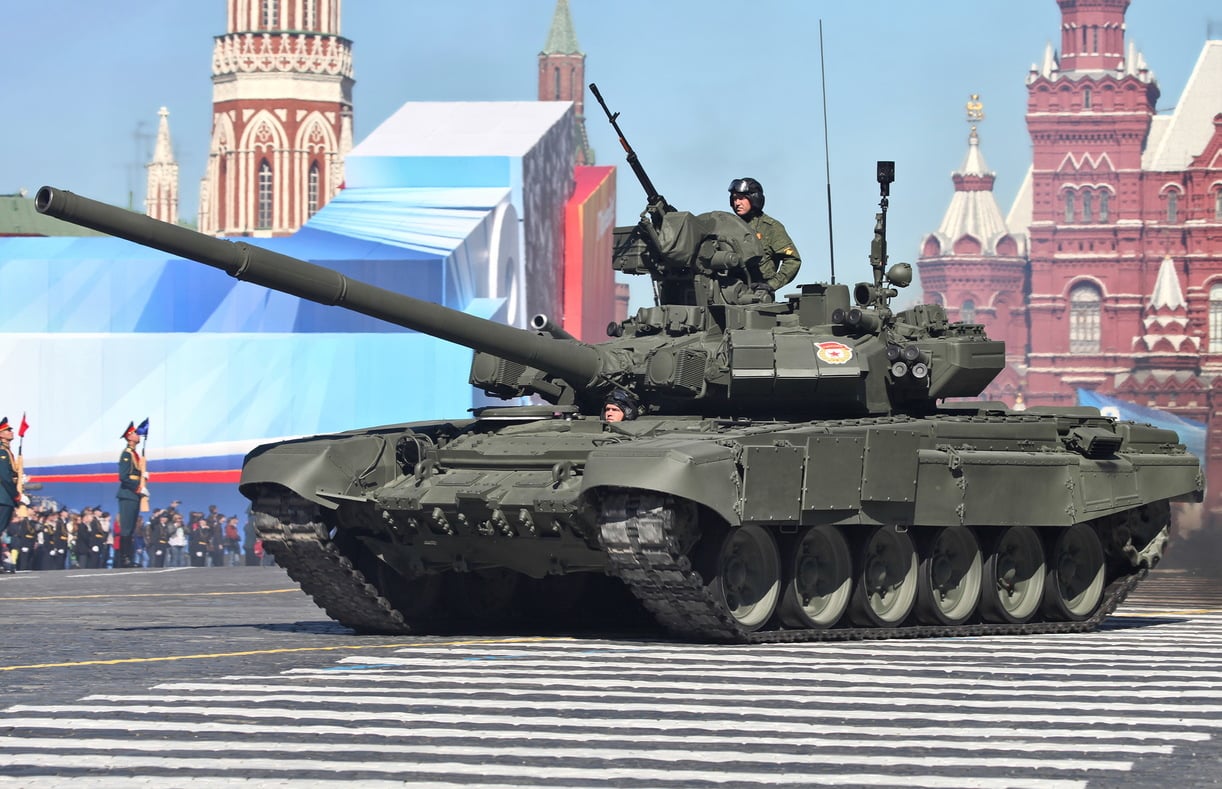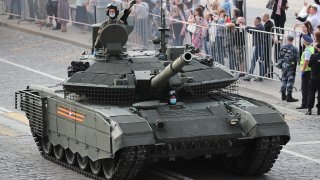Ukraine Proves Russia Can't Beat the U.S. Military in a War
Although Russia might still retain essential capabilities on the ground, air, and sea, its performance in Ukraine has proven that it is by no means a conventional near-peer threat to the U.S. military.
This time around two years ago, the Russian military was amassing forces and equipment around Ukraine. Through an aggressive—and indeed unprecedented—intelligence declassification strategy, the United States kept Ukraine, NATO, and the international community abreast of Moscow’s plans. The goal was clear: prevent Russian President Vladimir Putin’s invasion of Ukraine.
Despite the merits of the strategy, Putin went ahead with his invasion with the known consequences.
Almost two years of conflict have cost the lives or limbs of more than 320,000 Russian troops and have destroyed thousands of heavy weapon systems such as main battle tanks, infantry fighting vehicles, artillery pieces, aircraft, and warships.
So, after so much hard fighting, what is the state of the Russian armed forces today? Are they still a near-peer adversary to the U.S. military?
The State of the Russian Armed Forces in Ukraine
This week, National Security Council Coordinator for Strategic Communications John Kirby offered some valuable insight on the state of the Russian military.
On the ground, the Russian military has lost significant heavy weapon systems but still retains a sizeable amount of its mechanized capability.
When it comes to the Russian Aerospace Forces, Moscow retains a sizeable amount of aircraft despite losing up to 300 fighter jets, bombers, attack aircraft, and helicopters.
As far as the Russian Navy, despite losing 11 surface warships, submarines, and support vessels sunk or destroyed to Ukrainian fire, the Russian Navy retains an important number of vessels.
And yet, the Russian military struggles. Basic command and control are abominable, and as a result, major offensive operations that might have some promise fail to achieve anything significant. Morale and discipline also continue to be low.
But almost two years of war have also shown that the Kremlin is more than comfortable with throwing men into the meatgrinder to freeze the conflict and force Ukrainians on the negotiation table.
“This is a military that still has not really learned the lessons that you would think a modern military would learn after two years of war,” Kirby said.
Logistical Woes for Russia in Ukraine War
In terms of logistics, the Russian military continues to be dependent on other countries to meet its munition requirements. Artillery shells, drones, and missiles are a hot commodity. Iran and North Korea are Moscow's primary suppliers. Indeed, most of the suicide drones that have been wreaking havoc on Ukrainian cities have been made in Iran. The overall situation doesn’t seem ideal for Russia if it has to deal with two pariah states.

Despite Moscow’s hopes, the Russian defense and aerospace industry has failed to meet the heavy demands of the war. Even though the Russian military has been scavenging cars, microwaves, refrigerators, and washing machines for microchips and semiconductors to put into missiles and other weapon systems, the demand is higher than the supply.

“We know that this war has had an impact on Mr. Putin’s war-making capability, particularly when it comes to munitions: artillery, drones, missiles,” Kirby added.
Although the Kremlin might still retain important capabilities on the ground, air, and sea, its performance in Ukraine has proven that it is by no means a conventional near-peer threat to the U.S. military.
About the Author
Stavros Atlamazoglou is a seasoned defense journalist specializing in special operations and a Hellenic Army veteran (national service with the 575th Marine Battalion and Army HQ). He holds a BA from Johns Hopkins University and an MA from the Johns Hopkins School of Advanced International Studies (SAIS). His work has been featured in Business Insider, Sandboxx, and SOFREP. You can email the Author: [email protected].


